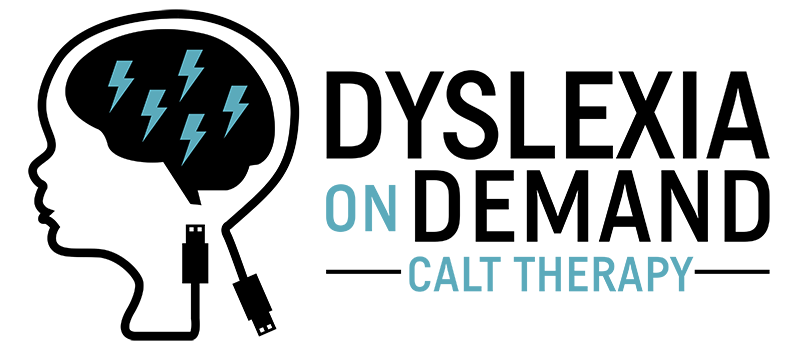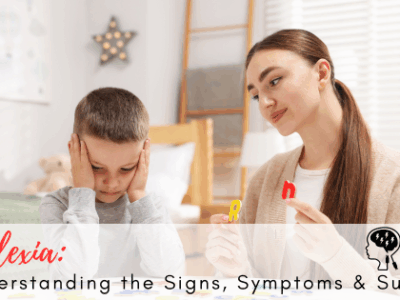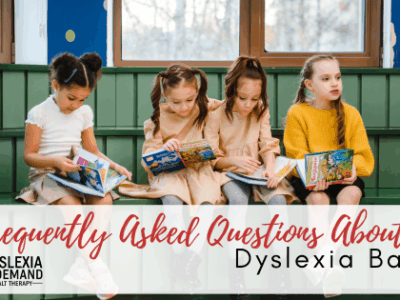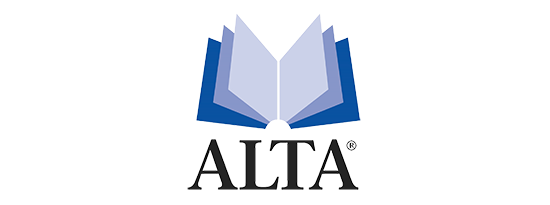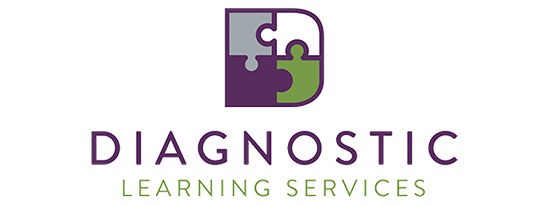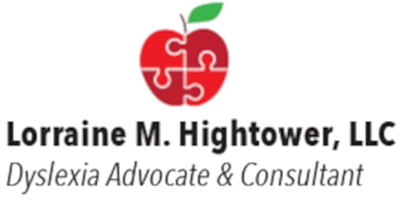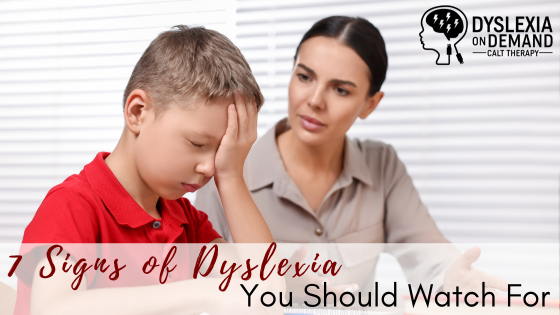
7 Signs of Dyslexia You Should Watch For
Executive Summary:
Early signs of dyslexia can appear long before formal schooling begins, often showing up in how a child learns letters, rhymes, and sounds. Recognizing these early indicators allows parents to seek help sooner—and with structured, expert-led therapy, children with dyslexia can thrive as confident, capable readers.
Maria Montessori was an influential figure in the world of early childhood education. She focused on the whole child, noting that, “As we observe children, we see the vitality of their spirit, the maximum effort put forth in all they do, the intuition, attention, and focus they bring to all life’s events.” Montessori was a big supporter of children expressing joy.
As their brains undergo rapid development during the first years of life, some toddlers will proudly sing the ABCs and recite nursery rhymes with glee. However, sometimes when kids are on the road to reaching milestones like learning letters, recognizing sounds, and expanding their vocabulary, they encounter speed bumps. The early identification of specific learning disabilities like dyslexia can be helpful for children who experience difficulties with learning to read and recognize words. Are you wondering if your child is exhibiting signs of dyslexia? Read on to learn about 7 signs of dyslexia that you should watch for.
- Learning letter names and sounds is tricky. It is undeniably adorable when kids start to learn and recite their ABCs. While learning the letters is a rite of passage for little ones, for a child with dyslexia, there may be some struggles. It can be hard to recognize individual letters and then associate them with their names and corresponding sounds. Some children with dyslexia may confuse letters that are similarly shaped like b and d. Even after repeated exposure, kids with dyslexia may have a hard time remembering letter names and the sounds they make; this is a core challenge when it comes to dyslexia. A child might know the letter m and its sound, but it can be hard to link the two together. This leads to trouble with sounding out words and decoding letters into their sounds.
- Sight words prove difficult. Students with dyslexia may have trouble recognizing common sight words like “the,” “is,” or “and.” These are simple words that are meant to be recognized instantly—with no need to sound out the letters. One of the signs of dyslexia may be a child who struggles with reading and memorizing these words by sight, even after plenty of exposure to them. The reason for this: students with dyslexia struggle with forming automatic visual-verbal connections.
- Avoiding reading is a thing. Whether they’re at home or in class, students who are challenged by dyslexia often try to dodge the task of reading aloud. Students with dyslexia may also shy away from picking up any reading material for fun. For dyslexic students, reading aloud may come with feelings of anxiety, stress, or even embarrassment.
- Rhymes and chants are hard to recall. Rhyming relies on the ability to hear and manipulate sounds in the spoken language. Young learners with dyslexia often have a hard time recognizing and coming up with rhyming words because they struggle with blending sounds and segmenting words. For example: a child may not easily be able to tell you words that rhyme with “cat.” This is something that often happens with children who are preschool age.
- There’s a family history of dyslexia or learning disabilities. There is a strong genetic component to dyslexia. If close family members have a history of reading, writing, and spelling troubles—or a dyslexia diagnosis—then your child could be at higher risk of having dyslexia too.
- Spelling mistakes are a constant. As students are learning to spell and write words, it’s not uncommon for kids to make some mistakes. However, a possible sign of dyslexia can be that a student has consistent difficulty spelling accurately. The core of these spelling difficulties is rooted in phonological processing. Students with dyslexia may have trouble with breaking words down into their smallest sounds, connecting sounds to letters, and remembering the sequence of sounds and letters.
- Fluency is a challenge. Fluency in reading involves accuracy, an appropriate reading pace, and appropriate expression. Students with dyslexia may tend to read aloud slowly, mispronounce words, and become fatigued when reading.
Something important to note is that there’s not one single sign that means your child has dyslexia. If you think that your child may have difficulty with reading and learning letters, getting a professional diagnosis is the best next step. Then, seeking the right help for your child is the best solution.
At Dyslexia on Demand, our dyslexia therapy programs are specially crafted for all learners. We use Orton-Gillingham based curriculum, a tried and true approach to helping students with dyslexia. Our sessions are led by Certified Academic Language Therapists (CALTs) who are highly trained experts. In addition to helping with reading and literacy skills, we aim to nurture the qualities of independence, self-advocacy, and responsibility in each of our students. Let us help your young learner to develop reading skills and self confidence. Get in touch with us at Dyslexia on Demand, or give us a call at 888-292-3906.
FAQs
1. What are the earliest signs of dyslexia in young children?
Common signs include trouble learning letters and sounds, difficulty remembering rhymes, frequent spelling mistakes, and frustration or avoidance when reading aloud.
2. Is dyslexia hereditary?
Yes. Dyslexia often runs in families, meaning children with a parent or close relative who has dyslexia are at a higher risk of developing it too.
3. How can Dyslexia on Demand help my child?
Dyslexia on Demand provides virtual, one-on-one therapy sessions led by Certified Academic Language Therapists (CALTs) using the Orton-Gillingham approach—proven to strengthen reading, spelling, and confidence in students with dyslexia.
References
International Dyslexia Association. (2017). Definition of dyslexia. International Dyslexia Association. https://dyslexiaida.org/definition-of-dyslexia/
Snowling, M. J., & Melby-Lervåg, M. (2016). Oral language deficits in familial dyslexia: A meta-analysis and review. Psychological Bulletin, 142(5), 498–545. https://doi.org/10.1037/bul0000037
Shaywitz, S. E., & Shaywitz, B. A. (2005). Dyslexia (specific reading disability). Biological Psychiatry, 57(11), 1301–1309. https://doi.org/10.1016/j.biopsych.2005.01.043
Ozernov-Palchik, O., & Gaab, N. (2016). Tackling the “dyslexia paradox”: Reading brain and behavior for early markers of developmental dyslexia. Wiley Interdisciplinary Reviews: Cognitive Science, 7(2), 156–176. https://doi.org/10.1002/wcs.1383
American Academy of Pediatrics. (2019). Clinical report: Dyslexia. Pediatrics, 144(6), e20193046. https://doi.org/10.1542/peds.2019-3046
Pennington, B. F., & Olson, R. K. (2005). Genetics of dyslexia. In M. J. Snowling & C. Hulme (Eds.), The science of reading: A handbook (pp. 453–472). Blackwell Publishing. https://doi.org/10.1002/9780470757642.ch25
National Center on Improving Literacy. (2020). Dyslexia: What families need to know. University of Oregon. https://improvingliteracy.org/fact-sheet/dyslexia-what-families-need-know
